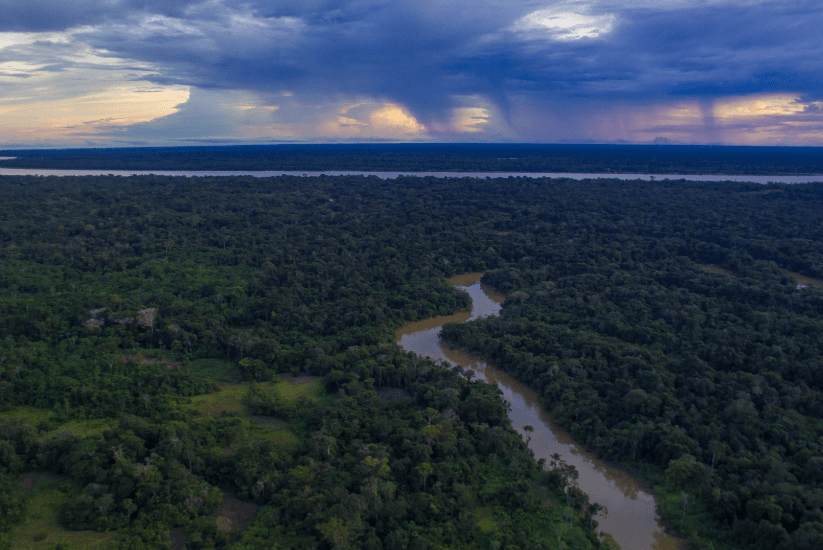COLOMBIA
COLOMBIA


Breaking through the interminable green tangle that surrounds Amacayacu is a hard to describe adventure of exploration. The Amacayacu National Natural Park covers most of the Amazonian Trapezoid, on the far South of the department of Amazonas. It is the habitat of the lion marmoset (Leontopithecus rosalia), the Earth’s smallest primate, and also the home of the world’s biggest fresh-water turtle and crocodile. Amacayacu not only has a luxuriant fauna and flora; its territory is inhabited by Indian communities that preserve their ancestral customs.
In Amacayacu, the traveler will find the Victoria Regia, the world’s largest lotus, as well as tracks of wild animals like jaguars, tapirs and deer. In addition, he or she will have the chance to visit unforgettable places of great scenic and cultural beauty, the tropical rainforest and several settlements of the Tikuna culture, whose handicrafts can be purchased at the Eco-store.

Some of the natural environments that can be visited in Amacayacu are the seasonally flooded rainforest (varzea), swamps, marshes and river systems typical of the Amazon, as well as the non-floodable forests. The flooded rainforest, swamps and marshes can be toured by motor boat or canoe, depending on the visitor’s physical condition.
Where man and nature come together in a green embrace.
As for the non-floodable areas, there are several interpretive trails where it is possible to go deep into the jungle in the company of local guides and with the help of the “Charts of the Jungle Trail”, a clever tool inspired on the Tikuna cultural and spiritual beliefs.
Characteristics
The park covers an area of 293,500 hectares. It is situated in the southern part of the Amazonian Trapezoid, between the Amazon River to the south and the Cotuhé River to the north. The western border is the Amacayacu River and the Cabinas and Parnate streams; the eastern border, the Matamata and Lorena streams. Mean temperature is 27.5° The lowest rainfall occurs in July and the highest in October. The upper forest canopy in the park varies between thirty and fifty meters in height. There are 468 recorded species of birds, 11 species of herons, and 150 of aquatic mammals, including the Amazonian manatee and the river dolphin.
Reptiles have the greatest number of recorded species in Colombia, including four of the country’s six crocodile species. Fish are diverse and provide the basic sustenance of the inhabitants of the region. Around fourteen Indian tribes inhabit the Amazonian Trapezoid. Within the park area, there are two Tikuna Indian communities: Palmeras on the Amazon River and San Martin de Amacayacu on the Amacayacu River.
Related: Colombia is the number one country in Bird Species.
How to get there
You reach Leticia, the point of entry into the region, by air. From there you go up the Amazon by boat for sixty kilometers until you reach the Matamata stream, the first border of the park.



















